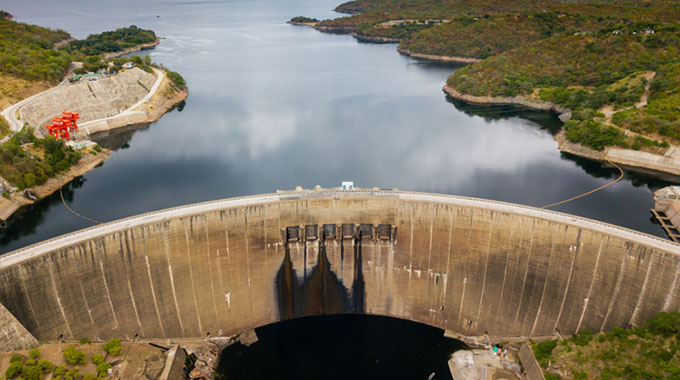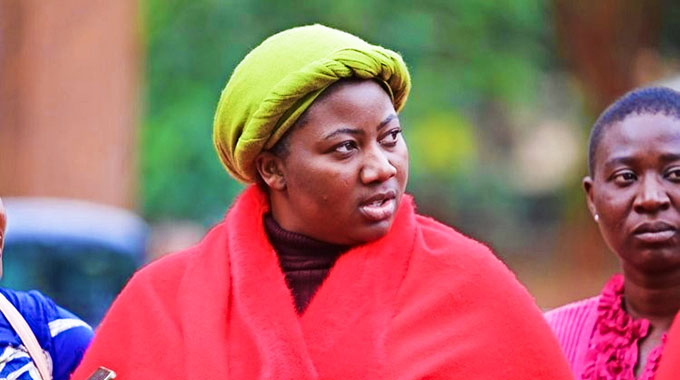Lake Kariba maintains steady increase

Walter Nyamukondiwa
Kariba Bureau
WATER levels at Lake Kariba continue to increase steadily, gaining 1,21 metres in the last 37 days after the first peak inflows of the season.
The second peak is expected sometime in June when inflows from the upper Zambezi River Catchment reach Kariba.
As a result of the high inflows, Lake Kariba now has 30,3 billion cubic metres of live storage for power generation which is 6,47 metres above the minimum operating level.
The lake had 12,4 billion cubic metres (19,17 percent) on the same date in 2020, about 2,7 metres above the minimum operating level for power generation which was 10,25m below full capacity.
Normal to above normal rainfall experienced in the Upper and Kariba catchment has seen levels rising to within 6,53m of reaching full capacity.
In an update, Zambezi River Authority (ZRA) chief executive Engineer Munyaradzi Munodawafa said the 30BCM allocated for power generation for Zimbabwe and Zambia would be reviewed at the end of the second quarter.
“The Authority has maintained the 30 BCM of water allocated for power generation operations at Kariba for the year 2021, shared equally between the two power stations,” said Eng Munodawafa.
“A review of the hydrological outlook is scheduled to be undertaken by the end of the second quarter of 2021 that will inform on any adjustments to this water allocation.”
While flows recorded at the Chavuma gauging station in March had receded, there are signs that flows have begun to rise again.
“The good news, however, is that as per hydrological cycle for the station, the flows have increased thus closing the period under review at Three thousand, three hundred and ninety-six cubic meters per second (3,396m3/s).
“This translates into an increase of 1,104m3/s from the 3rd of March 2021 recorded flow of 2,292m3/s. On the same date last year, the flows were higher at 5,803m3/s,” he said.
At Victoria Falls gauging station, flows have also begun receding after the first peak in early March, with another peak expected in May.











Comments